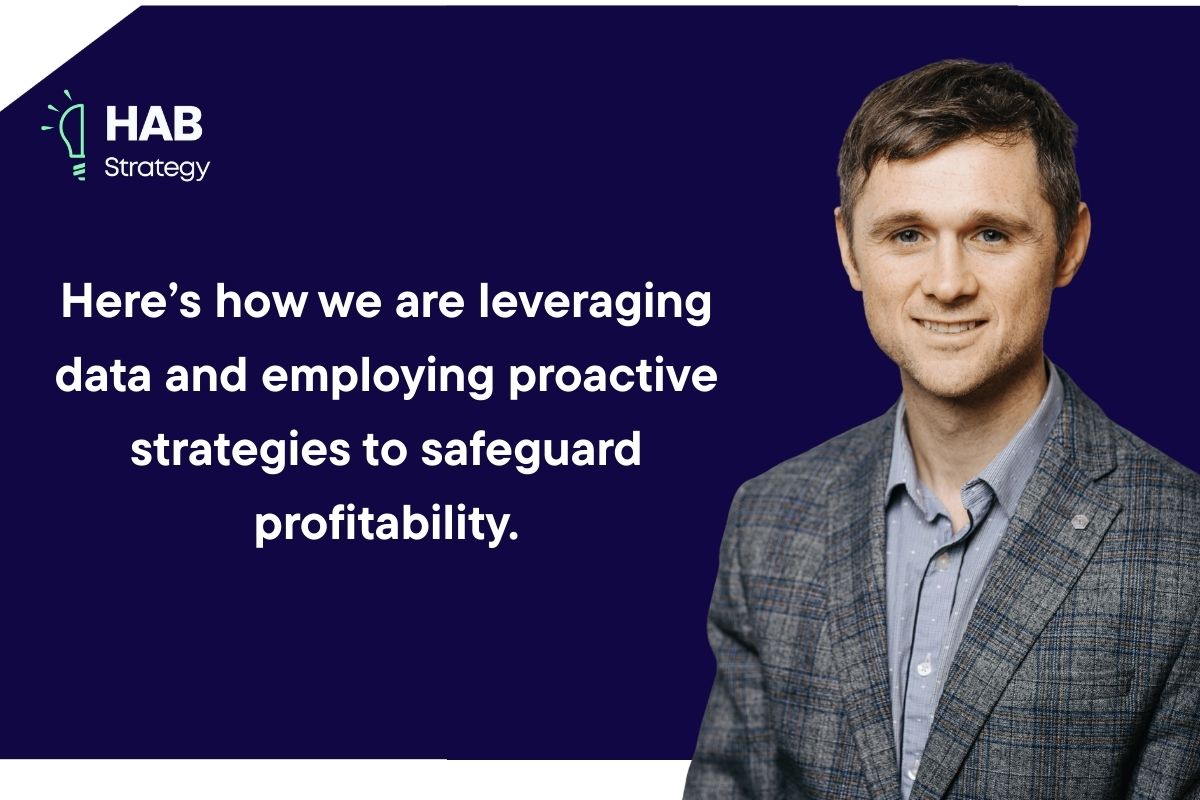How CFOs Help to Protect Margins in a Fluctuating Economy
Protecting margins today means playing offence as much as defence. Here’s how smart CFOs are doing it.

Margins are under pressure everywhere. Whether you’re running a crypto exchange in the U.S., a fintech in Toronto, or a manufacturing firm in Calgary, the story is the same: costs are volatile, customer behaviour is shifting, and the economy refuses to sit still.
In this environment, the CFO isn’t just a finance chief; they’re the strategist, risk officer, and operator rolled into one. Protecting margins today means playing offence as much as defence.
Real-Time Financial Insights Are Non-Negotiable
The old cadence of quarterly reviews is dead. Decisions need to be made in days, sometimes hours.Companies using real-time analytics have seen productivity improvements of up to 20% (McKinsey).
For CFOs, this means building dashboards that track cash, margins, and risks in real time. Crypto firms, for example, can’t afford to wait on lagging reports, asset volatility can swing results daily.
Real-time insights allow leadership to react before damage hits the bottom line.
Dynamic Scenario Planning
Uncertainty isn’t an excuse; it’s a signal. The best CFOs don’t guess, they simulate. By running multiple scenarios (from inflation shocks to regulatory changes), they arm leadership with playbooks ready to go.
If energy costs spike, if a key supplier folds, or if liquidity dries up, management already knows the financial ripple effects and the counter-moves.
Scenario planning doesn’t predict the future. It prevents panic when the future arrives.
Optimizing Cost Structures
This isn’t about slashing budgets. It’s about reshaping them. Strategic CFOs look beyond short-term cuts and rethink the structure of expenses:
- Shifting fixed costs into variable models where possible.
- Investing in automation to reduce labor-heavy processes.
- Consolidating vendors to unlock bulk pricing and efficiency.
Crypto companies know this well: moving from in-house infrastructure to cloud or outsourced custody models often changes cost curves dramatically. Flexibility is the point.
Pricing as a Margin Lever
Pricing isn’t just a sales function; it’s financial strategy. In times of fluctuation, CFOs step in to model elasticities, track competitor shifts, and ensure pricing supports, not erodes margins. This might mean small, disciplined adjustments rather than sweeping moves.
Handled right, pricing becomes one of the most powerful levers to protect profitability, even when volumes wobble.
Accelerating Cash Conversion Cycles
Revenue means nothing if cash takes forever to arrive. Forward-looking CFOs focus on:
- Tightening credit controls.
- Negotiating supplier terms that balance flexibility with liquidity.
- Using tech to speed up invoicing and collections.
The result: faster cash in, controlled cash out. In a volatile economy, liquidity equals survival.
Building Departmental Accountability
Margin protection isn’t a finance-only project. It’s a company-wide mandate. CFOs lead by setting KPIs for every department, backed by transparent data and regular reviews. This turns financial performance into a shared responsibility, not a finance afterthought.
Marketing, operations, product - everyone owns a piece of the margin puzzle.
Outsourcing Non-Core Functions
Not every process deserves in-house resources. CFOs are increasingly outsourcing IT, HR, logistics, or compliance functions that don’t drive core value but carry hefty overhead.
The result: leaner structures, better focus, and reduced fixed costs.
For crypto companies, outsourced compliance and security partners often mean staying ahead of regulators while focusing energy on innovation and growth.
Proactive Risk Management
The most valuable CFOs are always scanning the horizon. They monitor leading indicators, credit spreads, liquidity ratios, market volatility indexes and flag risks before they metastasize.
It’s not about avoiding all risks. It’s about seeing them early enough to manage exposure and protect margins before shocks become crises.
Strategic Leadership in Action
Margins don’t protect themselves. They need active stewardship. In 2026’s fluctuating economy, the CFO’s role has expanded: strategist, operator, risk manager, and partner to the CEO.
By leaning on data, reshaping cost structures, tightening cash discipline, and fostering accountability, CFOs aren’t just defending margins; they’re positioning their businesses to grow sustainably.
Because in volatile times, protecting margins isn’t just about survival. It’s about creating the breathing room to invest, innovate, and lead.



.svg)
.svg)